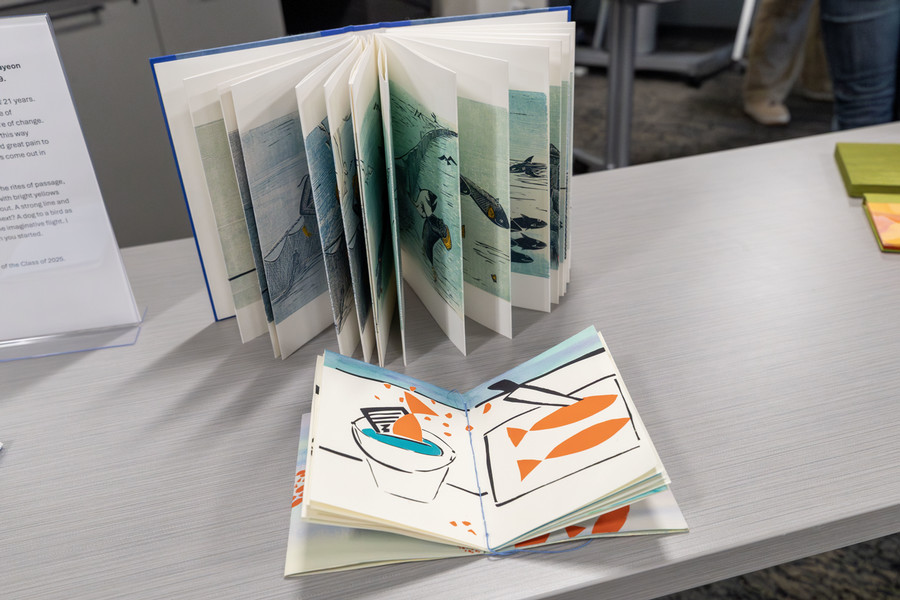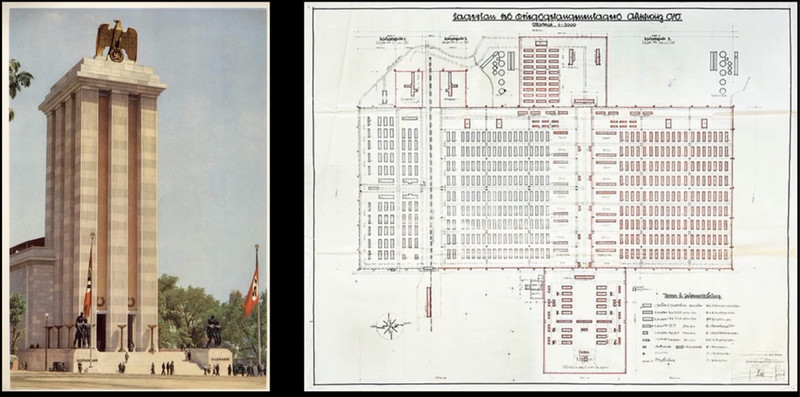Photographer and Artist-in-Residence Wendy Ewald Helps Communities Document Themselves
By Tom Porter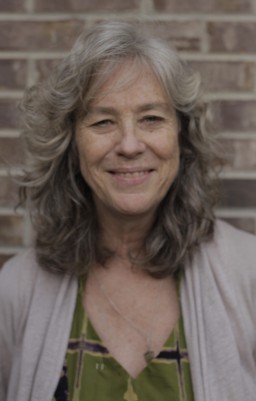
Wendy Ewald’s time as Bowdoin College’s inaugural halley k harrisburg ’90 and Michael Rosenfeld Artist-in-Residence is winding down. After assuming the position here last fall, she has one week left at Bowdoin. A world-renowned photographer, Ewald is known for collaborative art projects across the globe in which she often encourages her subjects, which in many cases are children, to use the camera to record themselves.
A native of Detroit, Ewald has worked with communities in Labrador, the U.S., Britain, Colombia, India, South Africa, Saudi Arabia, and most recently Israel and Palestine. A graduate of the Massachusetts Institute of Technology, Ewald is currently a visiting artist at Amherst College.
She spoke with College Writer and Multimedia Producer Tom Porter. Listen to the interview.
Tom Porter: What does your position at Bowdoin involve?
Wendy Ewald: Well I’m a bit of an experiment because I’m the first one. It has involved so far giving a lecture and then working in students’ classes. There’s a particular class on documentary that I’m quite involved in, which involves both writing and photography.
I have worked with students in the art department, looking at their work and talking about it and helping in whatever way I can. And it’s been very interesting to get to know the students and how they see this place, how they see Brunswick and Bowdoin.
Another thing I’ve been doing is looking at the (Peary-MacMillan) Arctic Museum and their collection, hoping to make a new piece of work looking at (Donald) MacMillan, the explorer. He worked with the Innu in Labrador, who are people I worked with in 1969, it was my first project. So it’s interesting to look at it from another perspective.
TP: Let’s talk about how you got to where you are in your career. There’s a lot to talk about, but I’m interested in the way you like to tell stories about communities by involving children. Will you tell us about that?
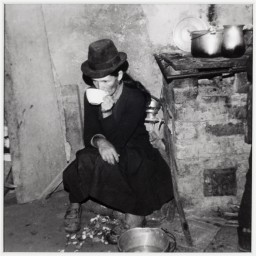
WE: I started working with children in London a long time ago, and I was interested in figuring out what the communities looked like and felt like to the people who lived there, and having an idea of what things look like from an outside perspective.
TP: And that kind of reverses the roles that you normally associate with artist and subject doesn’t it?
WE: Yes, and particularly in photography that’s very fraught because you’re holding a camera and you have an option of where to put that camera and when to snap the shutter and that can be very different if someone else is doing it.
TP: And you’ve done this in quite a few communities haven’t you?
WE: Yes I’ve done it around the world. I”ve done it with women in Saudi Arabia, with kids in Colombia and Mexico, but recently I’ve been working with more mixed groups of people not just children. And it’s just as exciting to see what someone will come up with, what kind of composition and choices to make about what to photograph, and I’m always surprised and excited, and I think to me it’s much more dynamic than if somebody else, including myself, just went out and photographed that.
TP: You’re currently on display in an exhibition called ‘This Place’ at the Brooklyn museum in New York City as part of an exhibition about Israel and the West Bank. Do you want to tell us about some of the photography you have got down there?
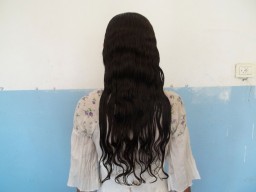
WE: It’s a big project with 12 different international photographers looking at the region. I did take some photographs myself, which are in a book, but for this exhibition I had people from 14 different communities photograph themselves, their families and their community.
And it varies from elderly Palestinian women to children on a kibbutz to merchants in the market in Jerusalem, to Druze to Bedouins. So, I tried to find very different communities because we had, or I had, an idea that it was a two-party conflict, but it’s a very complex situation that’s been developed over thousands of years. It’s much more understandable and much more human if you look at it from that perspective.
TP: What was your biggest takeaway from the time you spent there and the work you collected?
WE: Well it’s something I’d like to do again, that kind of macro-view, because you don’t understand when you’re there if you’re not embedded in these local communities. Then you begin to hear and see their day-to-day lives, and their conflicts, the small conflicts that are part of a big conflict.
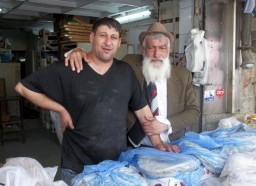
The Bedouins for example are in the desert and they have these sheep and they want their way of life, but the Israelis want them to go, and now they’re living in the midst of factories that are polluting and they’re getting cancer. That’s one piece of this state trying to hold on to its idea of itself, and the Bedouins trying to hold onto their idea of themselves.
TP: To what extent are you and artist and to what extent are you a storyteller / documentarian?
WE: I guess I feel like an artist. I studied to be an artist and of course I love photography, but I also love to pick pieces and weave them into something that is a narrative. I guess I feel like that is my artistry. And I think to say I’m a documentarian feels limiting. It’s not a case of “this is true” or “this isn’t true”, but “this is how people see it” and I think there may be many ways how people see things.
The halley k harrisburg and Michael Rosenfeld Artist-in-Residence program is the result of a generous gift that allows the Bowdoin Visual Art faculty to invite internationally renowned artists to campus to work directly with students and the college community to enhance their learning experience. Students will encounter and learn from artists that are not usually available in an academic setting. These encounters may take many forms, such as critiques, discussions, workshops, lectures, and more.

